Choosing the right microwave-safe utensils enhances both the safety and efficiency of your cooking. These utensils are crafted from materials like glass, ceramic, and select plastics that won’t release harmful chemicals or react when exposed to microwave energy.
There is a wide range of microwave-safe options available, including dishes, bowls, and containers, all designed to endure the unique environment inside a microwave oven. It’s important to use utensils clearly marked as microwave-safe to prevent food contamination and avoid damaging your appliance. Using the proper microwave cookware also promotes even heating, reducing cold spots where bacteria can thrive. For anyone who relies on their microwave regularly, investing in suitable utensils is a smart choice for both convenience and health.
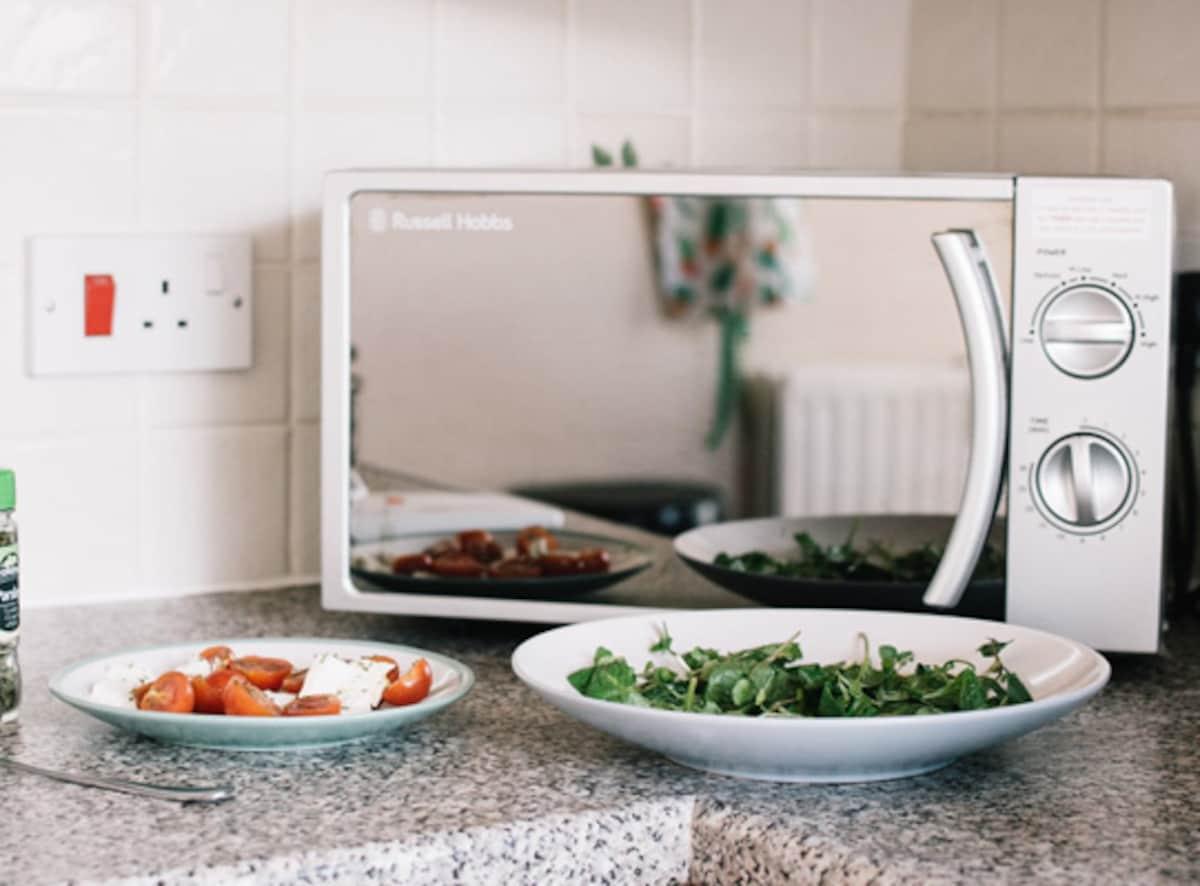
Types Of Microwave Utensils
Microwaves make cooking quick and easy. Using the right utensils is key to safe microwave use. This guide will explore different microwave-safe utensils. You will learn which materials are best and why.
Glass Containers for Microwave Cooking Utensils
Glass containers are a top choice for microwaves. They don’t absorb food colors or smells. Glass is also easy to clean. Here are the benefits:
- Heat-resistant: Glass can handle high temperatures.
- Non-reactive: It doesn’t change the taste of your food.
- Transparent: You can watch your food cook.
Remember to check if your glass is labeled ‘microwave-safe’. Some glass items can break when heated.
Plastic Bowls for Microwave Cooking Utensils
Plastic bowls are light and won’t shatter. But, not all plastics are safe for microwaves. Look for the ‘microwave-safe’ label. Here are some key points:
- BPA-free: Safe plastics don’t have harmful chemicals.
- Versatile: They come in many shapes and sizes.
Always avoid old or damaged plastic bowls. They can melt or leak chemicals into your food.
Ceramic Dishes for Microwave Cooking Utensils
Ceramic dishes are favored for their attractive design and long-lasting durability. They can go from microwave to table. Keep in mind these points:
- Durable: Ceramics are tough and long-lasting.
- Decorative: They come in many designs.
Make sure there are no metallic paints or glazes. These can spark and damage your microwave.
Silicone Molds for Microwave Cooking Utensils
Silicone molds are flexible and non-stick. They are perfect for baking in microwaves. Here’s why they are a great choice:
- Heat-resistant: Silicone can stand up to high heat.
- Easy to clean: Food doesn’t stick, so they’re a breeze to wash.
Always use 100% food-grade silicone. Cheaper materials may not be as safe or durable.
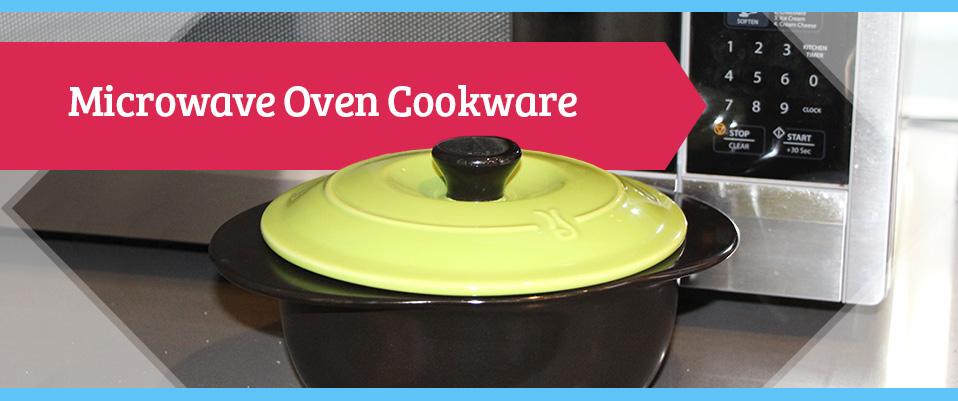
Materials To Avoid for Microwave Cooking Utensils
Microwave cooking makes meal times easier. But, not everything is safe to use inside. Some materials can cause fires or melt. Knowing what not to use is important for safety.
Metal Utensils
Using metal in microwaves is a big no. Why? Metal can spark and cause fires. This is scary and dangerous. Always check if something has metal before using it in the microwave. Here are key points:
- Sparks can start fires.
- Metal reflects microwaves. This can ruin your microwave.
- Even tiny bits of metal, like foil, are bad.
Always use tools marked “microwave-safe”. This keeps your microwave and house safe.
Styrofoam Containers
Styrofoam seems easy for quick heating. But, it’s not safe in microwaves. It can melt and mix chemicals into your food. This is bad for your health. Remember these points:
- Styrofoam can melt and warp.
- Chemicals in Styrofoam can get into food.
- Always use containers marked “microwave-safe”.
Choose glass or ceramic containers instead. They’re safer for heating food.
Non-microwave Safe Plastics
Not all plastics are safe for microwaves. Some can melt and make food unsafe. This is what you need to know:
- Look for the “microwave-safe” label. Not all plastics have it.
- Unsafe plastics can release harmful chemicals.
- Choose alternatives, like glass or microwave-safe plastics.
Always check labels and use microwave-safe options. This keeps you and your food safe.
Choosing Safe Microwave Cooking Utensils
Knowing which utensils are safe to use in the microwave is essential for keeping your kitchen safe. Microwaves cook food quickly and easily. But, not all kitchenware is safe to use in them. Picking the right tools can prevent accidents. It can also make sure your food cooks well. This guide will assist you in selecting the best utensils for microwave cooking.
Labeling And Symbols
Knowing the symbols on utensils is key. These symbols show if an item is safe for microwaves. Look for a microwave-safe symbol. It often looks like a microwave or waves. Some items may also have written labels. They will say ‘microwave safe’ or ‘not for microwave use’. Always check for these before using any dish in the microwave.
- Microwave-safe symbol: A sign that an item is safe for microwave use.
- No symbol: Be careful. If there is no symbol, it might not be safe.
- Check the manual: Sometimes, manuals have more info on what symbols mean.
Heat Resistance
Utensils should withstand heat without melting or cracking. Materials like ceramic, glass, and some plastics work well. They can handle the heat a microwave creates. Always avoid metal. Metal can cause sparks and fires. If you’re unsure, use only items labeled as heat-resistant. This ensures your safety and keeps your food edible.
| Material | Heat Resistance |
| Ceramic | High |
| Glass | High |
| Plastic | Varies (check label) |
| Metal | Not Safe |
Durability
Durable utensils last a long time. They don’t crack, warp, or stain easily. Glass and ceramic are strong choices. Some plastics are durable too. But, not all plastics are the same. Some might get damaged after many uses. Always pick utensils that can handle repeated use. This saves you money and keeps waste low.
- Glass: Doesn’t scratch or stain. Very durable.
- Ceramic: Hard and long-lasting. Doesn’t hold odors.
- Plastic: Check if it’s strong. Look for ‘stain-resistant’ labels.
Benefits Of Microwave Cooking
Microwave cooking utensils make cooking fast and easy. They help save energy and keep food healthy. This guide talks about the good things microwave cooking brings to our kitchens.
Time EfficiencyWhy Microwave Cooking Is So Fast
Microwave cooking is incredibly quick, heating food faster than a conventional oven or stove. Here’s why:
- Instant start: Microwaves heat up immediately, no waiting.
- No preheating needed: You can jump straight into cooking.
- Even heating: Food cooks uniformly, saving you time and avoiding cold spots.
For busy lifestyles, microwaving is a game-changer—more time with loved ones, less time tied up in the kitchen.
Energy Efficiency Benefits
Microwaves use less electricity compared to other cooking methods, which means savings for both your wallet and the environment:
| Appliance | Energy Use |
|---|---|
| Microwave | Low |
| Oven | High |
| Stove | Medium |
Using a microwave reduces your energy consumption and lowers utility bills.
Preserving Nutrients With Microwaves
Microwave cooking can actually keep more vitamins in your food thanks to:
- Minimal water use: Less water means fewer nutrients wash away.
- Short cooking times: Quick heating preserves vitamins.
- Lower temperatures: Gentle heat protects sensitive nutrients.
This makes microwaving a smart choice for healthier meals.
Common Microwave Mistakes to Avoid
Microwaves are easy to use, but missteps can cause problems. Here are some frequent errors and how to avoid them:
1. Using Unsafe Materials
Not all containers are microwave-friendly. Avoid:
- Metal: Sparks and fire hazards
- Certain plastics: Can release harmful chemicals
- Styrofoam: Melts and creates messes
Always look for a “microwave-safe” label before using any dish.
2. Overheating Food
Overcooked food can be unsafe or ruined. Tips to prevent this:
- Stir food halfway through heating for even warmth
- Use a microwave-safe cover to trap moisture
- Let food rest a minute after heating to even out temperature
- Follow package instructions for cooking times
3. Ignoring Safety Guidelines
Keep your microwave in good shape:
- Never run it empty—this can cause damage
- Keep door seals clean for proper functioning
- Don’t try to fix it yourself; ask a professional or adult
Safety first helps your microwave last longer and keeps you safe.
Cleaning and Caring for Microwave Utensils
Proper care extends the life of your microwave cookware, keeping them safe and efficient. Here’s how to maintain common materials:
Glass Utensils
- Use mild soap and rinse well
- Avoid sudden temperature changes—let cool before washing
- Check for cracks or chips regularly
- For tough stains, soak in vinegar and water solution
- Dry with a soft cloth to prevent spots
Silicone Utensils
- Avoid sharp tools that can damage them
- Hand wash with warm, soapy water (dishwasher safe if manufacturer says so)
- Store properly to maintain shape
- Replace if sticky, torn, or discolored
General Cleaning Tips
- Rinse utensils promptly after use
- Use baking soda for stubborn stains and odors
- Occasionally sanitize with hot water
- Organize your utensils for easier cleaning
Following these tips keeps your microwave tools in top shape.
Handy Microwave Gadgets to Make Cooking Easier
Microwave Rice Cookers
- Cook perfect rice fast
- Simple to use — just add rice and water
- Keeps microwave clean and mess-free
Steamer Containers
- Steam veggies, fish, and more while preserving nutrients
- Meals ready in under 10 minutes
- Easy cleanup, often dishwasher safe
Microwave Popcorn Makers
- Healthier snacks without oil
- Popcorn ready in minutes
- Easy to clean and reuse
These tools make microwave cooking convenient and fun.
Quick and Easy Microwave Recipes
Microwave cooking isn’t just for reheating—try these simple meals, snacks, and desserts!
Quick Meals
- Vegetable Rice: Mix rice, water, and veggies; microwave about 20 minutes
- Chicken Pasta: Combine pasta, sauce, and chicken pieces; cook for 15 minutes
- Omelette: Beat eggs with milk, add cheese and veggies; cook 3 minutes
Use microwave-safe dishes to keep cooking safe and hassle-free.
Snacks
| Snack | Ingredients | Time |
|---|---|---|
| Mug Cake | Flour, sugar, cocoa, milk | 2 minutes |
| Popcorn | Corn kernels, butter | 3 minutes |
| Nachos | Nachos, cheese, salsa | 3 minutes |
Keep an eye on cooking times to avoid burning.
Desserts
- Brownie in a Cup: Mix flour, sugar, cocoa, milk; microwave 1 minute
- Fruit Crisp: Layer fruits with oats and honey; microwave 5 minutes
- Chocolate Fudge: Melt chocolate with milk, add nuts; chill before serving
Glass or silicone bowls are best for desserts.
Microwaves open up a world of fast, healthy, and delicious cooking options. With the right utensils, gadgets, and care, you’ll enjoy every meal with ease and confidence.
Frequently Asked Questions
Silicone utensils are generally safe for microwave use. They can withstand high temperatures and don’t leach chemicals into food. Always check the manufacturer’s guidelines to ensure safety.
Metal should never be placed in a microwave. It can cause sparks, fire, and potentially damage the appliance. Always use microwave-safe materials like glass or plastic.
Microwave-safe materials include glass, ceramic, certain plastics, and silicone. Always look for a microwave-safe label to avoid melting or toxic chemical release.
To test microwave safety, microwave the utensil with a cup of water for 1 minute. If the utensil stays cool but the water heats up, it’s safe.


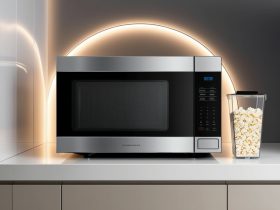
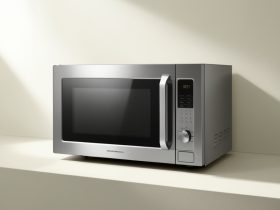
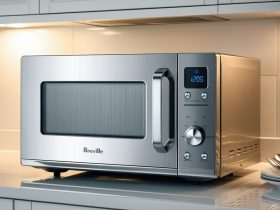
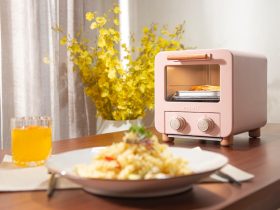
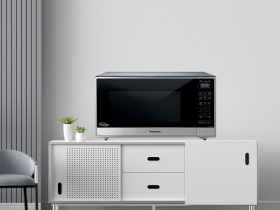
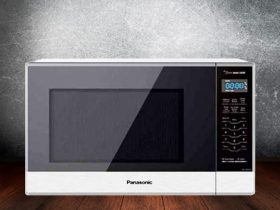
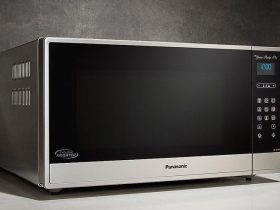
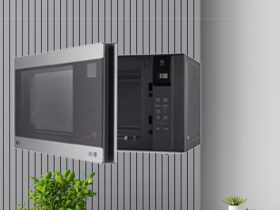
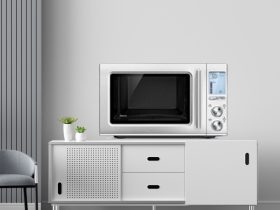
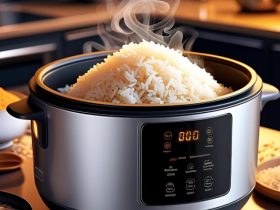

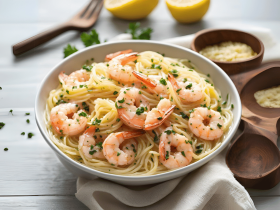
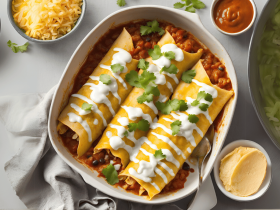

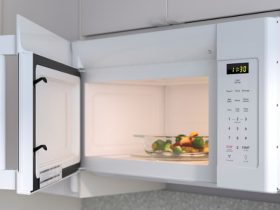
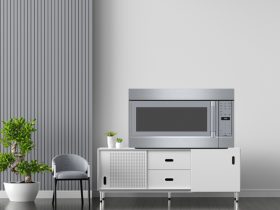

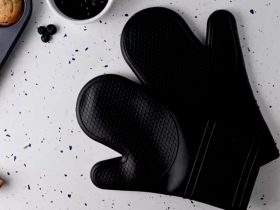
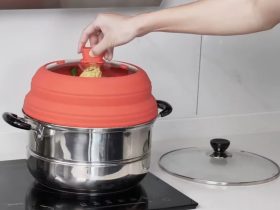
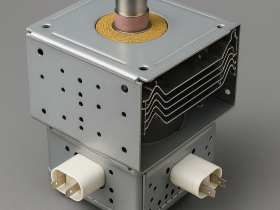
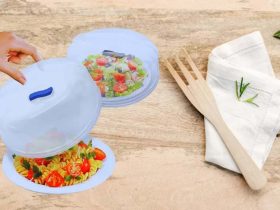
1 Comment